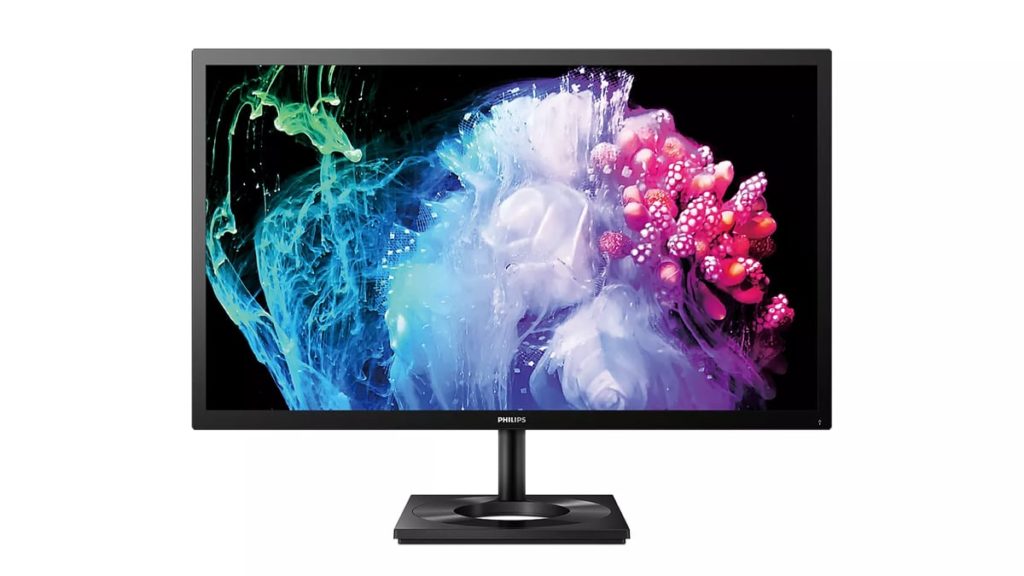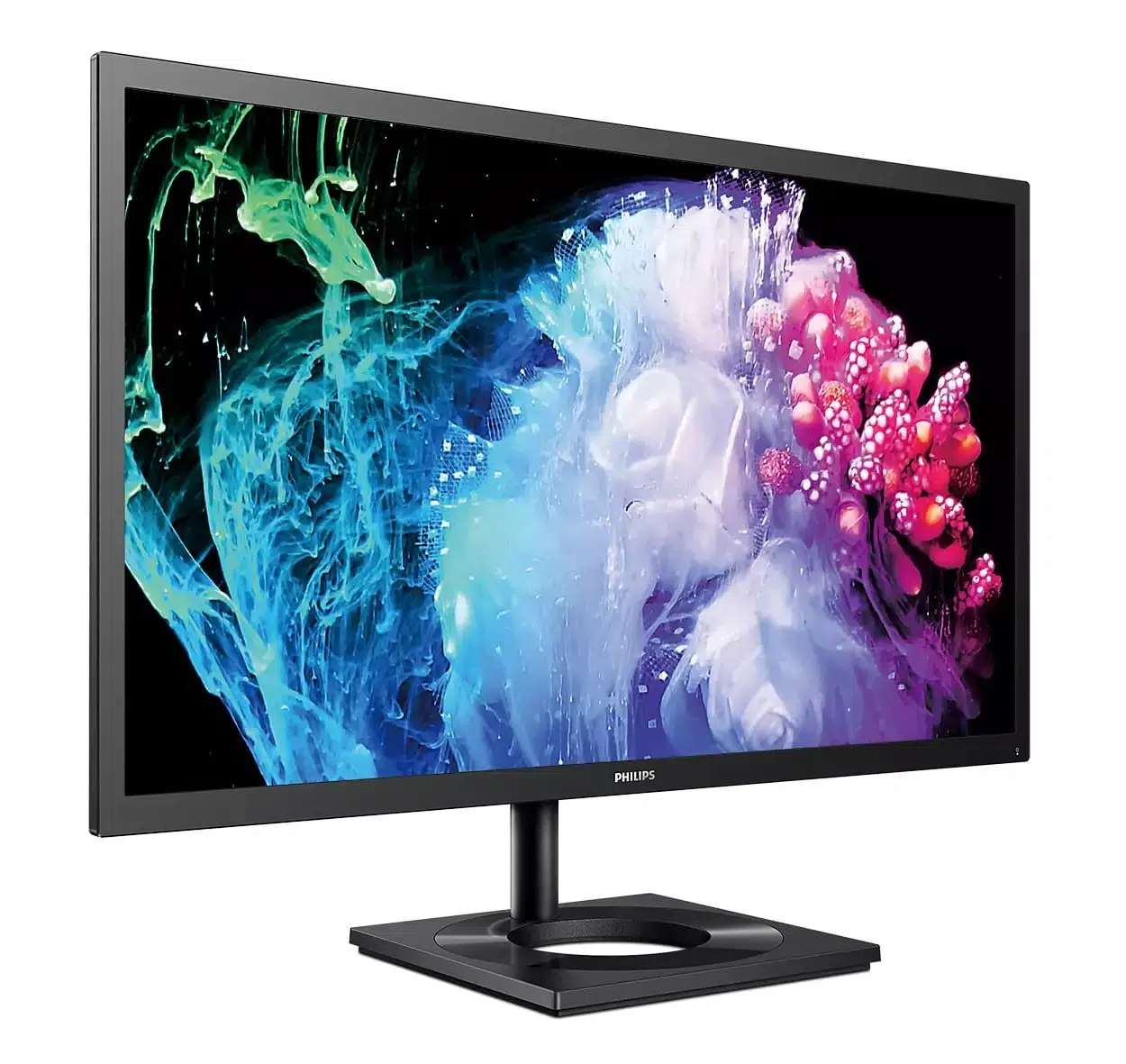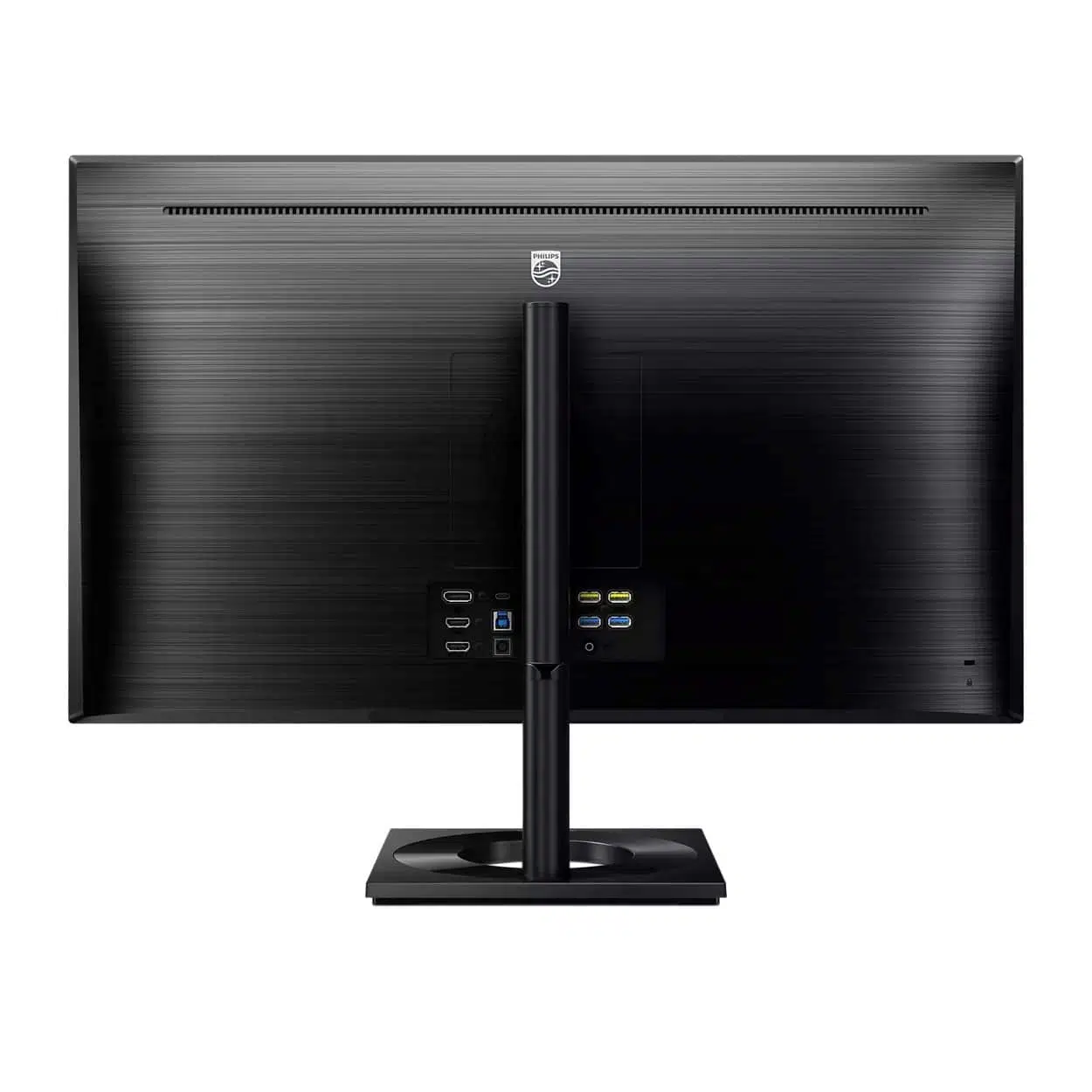
Philips has announced a 27-inch 4K 60 Hz OLED monitor aimed at professional users. It is DisplayHDR True Black 400 certified with a peak brightness of 540 cd/m². The 10-bit panel has 99.7% DCI-P3 and 99.6% Adobe RGB coverage. It has 4x USB 3.2 ports and a USB-C port for up to 90 watts of power delivery and display connectivity. The stand allows for tilt, height, swivel, and rotate adjustments. It is expected to release in North America and Asia at an MSRP of ~$1070.



Specifications
- Monitor Panel Type: OLED
- Panel Size: 26.9 inch / 68.4 cm
- Effective viewing area: 596.16 (H) x 335.34 (V)Surface treatment
- Haze: 7%, Hardness >= 2H
- Aspect ratio: 16:9
- Optimum resolution: 3840 x 2160 @ 60 Hz
- Pixel Density: 163.78 PPI
- Response time (typical): 0.1 ms (Tr + Tf)
- Brightness: Full White Luminance: 250 cd/m2; Peak White Luminance: 540 cd/m²
- Contrast ratio (typical): 1,000,000:1
- SmartContrast: Mega Infinity DCR
- Pixel pitch: 0.15525 x 0.15525 mm
- Viewing angle: 178º (H) / 178º (V) @ C/R > 10
- Picture enhancement: SmartImage
- Display colors: 1.07B (True 10 bits)
- Color gamut (min.): DCI-P3 99.7%*
- Color gamut (typical): NTSC 119%*, sRGB 150%*, Adobe RGB 99.6%*
- HDR: DisplayHDR True Black 400 certified
- Scanning Frequency: 30 – 140 kHz (H) / 23 – 60 Hz (V)
- SmartUniformity: 93 ~ 105%Delta E < 1
- LowBlue Mode:Yes
- EasyRead:Yes
- sRGB: Yes
- Signal Input: HDMI 2.0 x 2, DisplayPort 1.4 x 1, USB-C 3.2 Gen 1 x 1 (upstream, Power Delivery up to 90W)
- USB: USB-B x 1, USB 3.2 x 4 (downstream with 2 fast charge B.C 1.2)
- HDCP: HDCP 1.4 (HDMI / DisplayPort / USB-C), HDCP 2.2 (HDMI / DisplayPort / USB-C)
- HBR3: YesSync
- Input: Separate Sync
- Audio (In/Out): Audio out
Source: Philips
